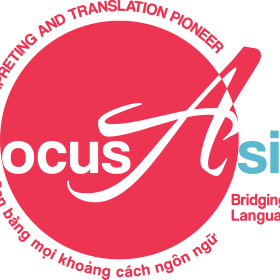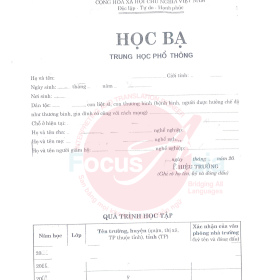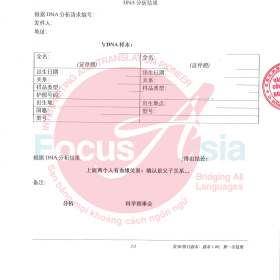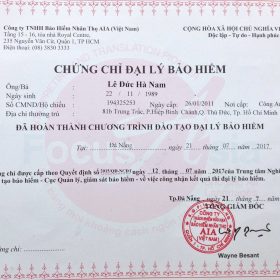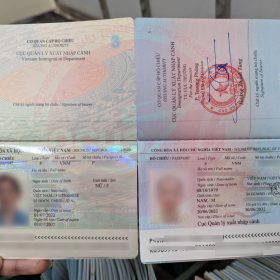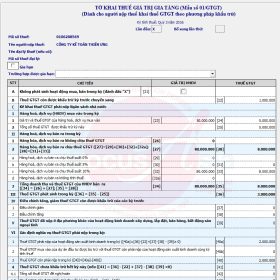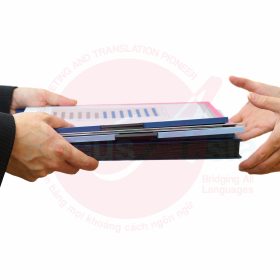In academic document translation—especially for studying abroad, applying for jobs, or immigration—using the correct term for your qualification is essential.
Distinguishing between certificate, diploma, and degree helps avoid confusion, delays, or even rejection of your documents. A precise and well-contextualized translation ensures your education is properly recognized across borders.
What is a Certificate?
A certificate is typically issued after completing a short-term course or training program. These programs focus on developing practical skills or specific expertise. Examples include:
-
Certificate in Business English
-
Certificate in Digital Marketing
-
Certificate in Project Planning
Certificates are not equivalent to university degrees, but they demonstrate valuable, specialized knowledge.
They are common in professional development, technical education, and language proficiency programs.
Certificates are often used to supplement an existing degree or to gain entry into specific industries quickly.

What is a Diploma?
A diploma is a mid-level academic or vocational credential. It generally refers to:
-
A post-secondary qualification lasting one to two years
-
Programs such as Diploma in Graphic Design or Diploma in Accounting
In countries like the United States, a high school diploma refers to secondary school completion.
In other regions, a diploma can serve as a bridge to a degree program or as a direct path to employment.
Understanding these differences is vital for accurate document translation.

What is a Degree?
A degree is a formal academic qualification conferred by a university or higher education institution.
It typically includes:
-
Bachelor’s Degree (undergraduate level)
-
Master’s Degree (graduate level)
-
Doctoral Degree / PhD (research-based or academic specialization)
Degrees require several years of structured study and are widely recognized for their academic and professional value.
They often determine eligibility for advanced roles, international education opportunities, and skilled migration.
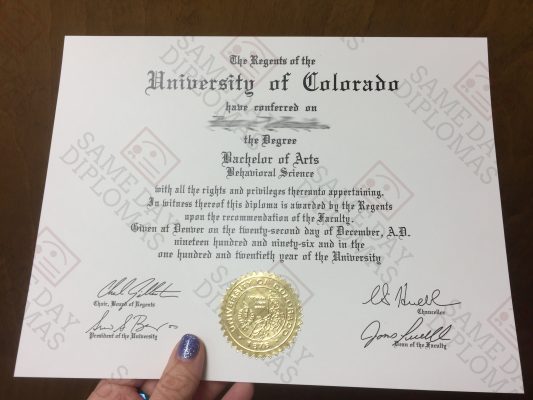
Conclusion
Distinguishing between certificate, diploma, and degree ensures that academic translations are not only accurate but contextually appropriate.
This is especially important when presenting documents to foreign institutions, employers, or government agencies.
Clarity in terminology reflects professionalism, avoids legal misunderstandings, and increases your chances of success abroad.










